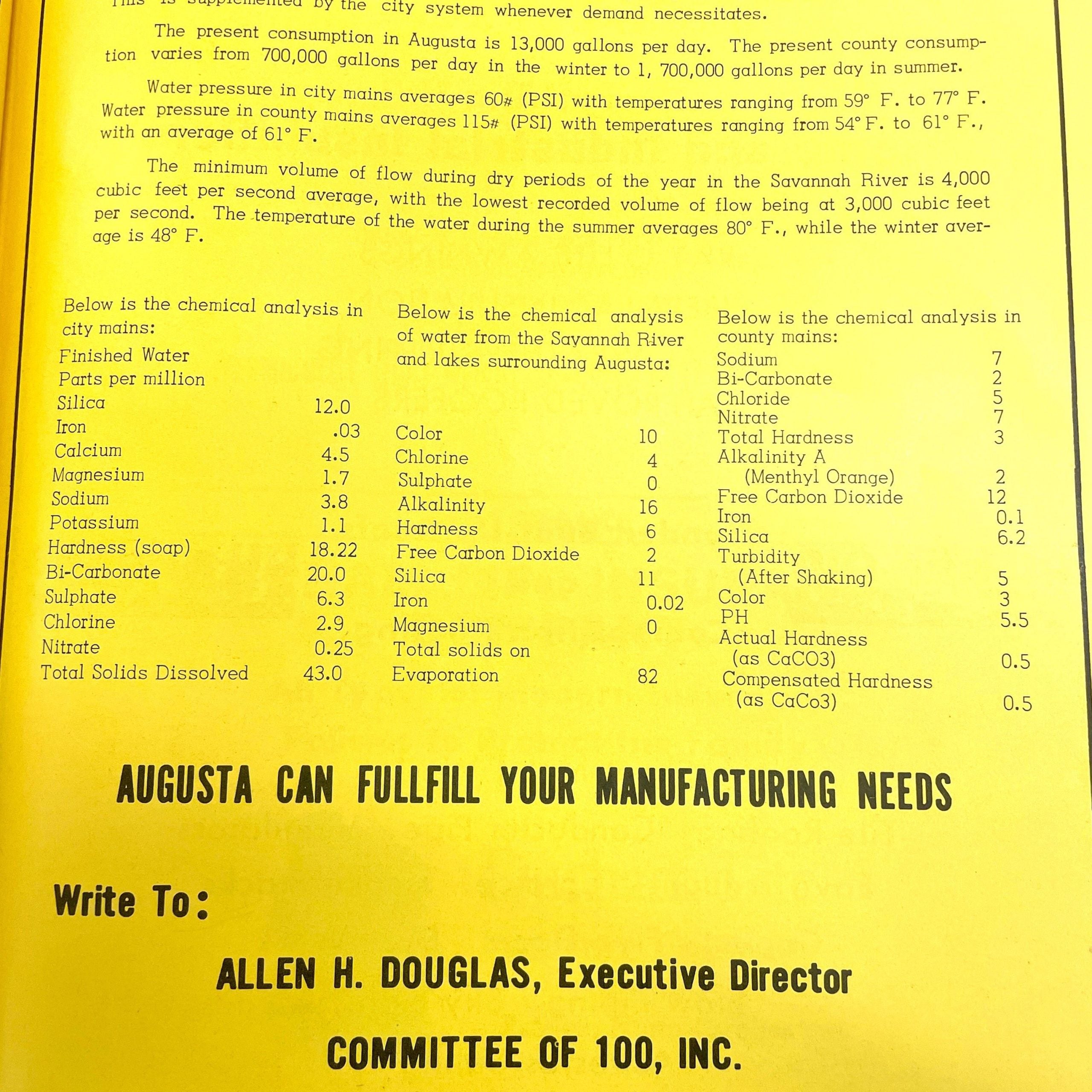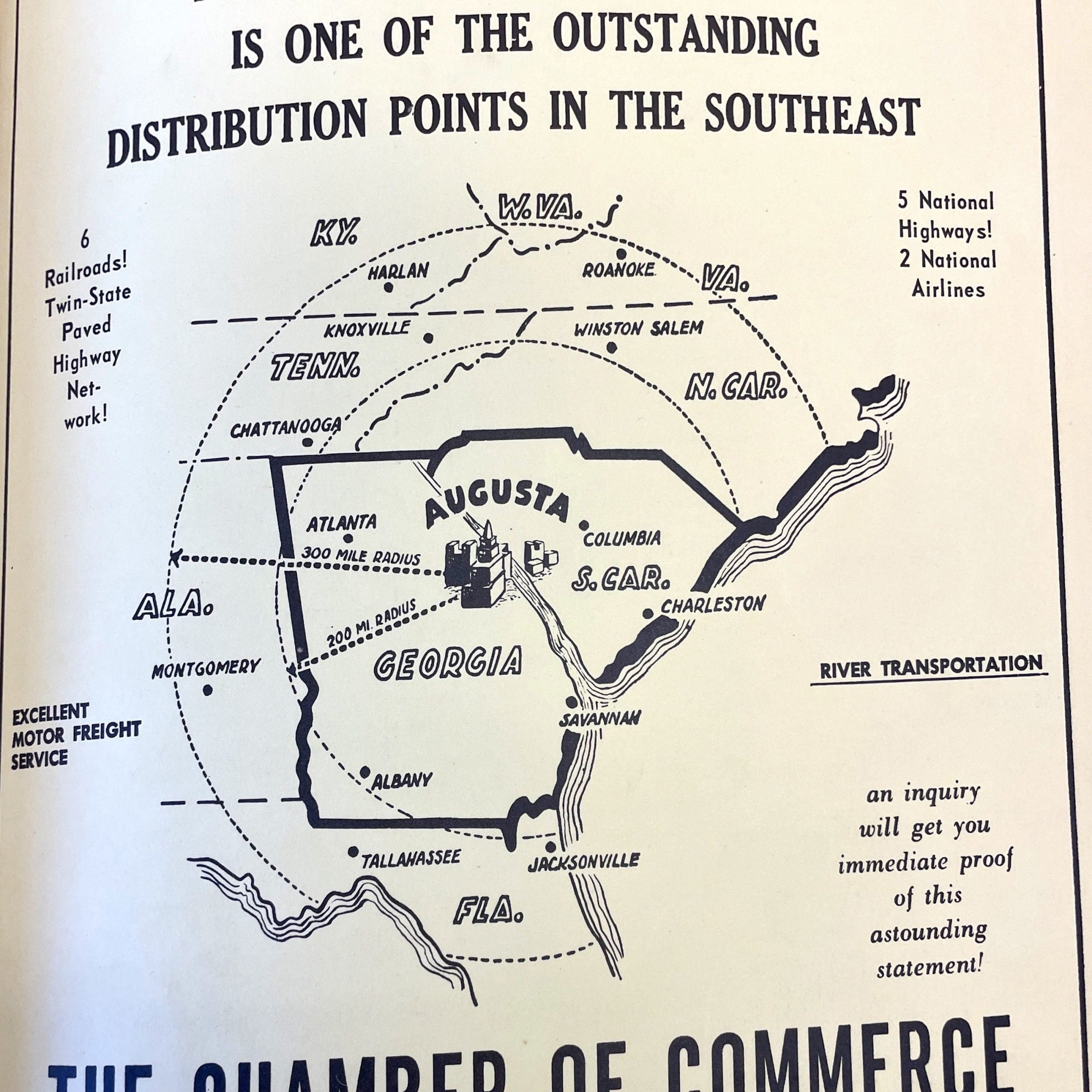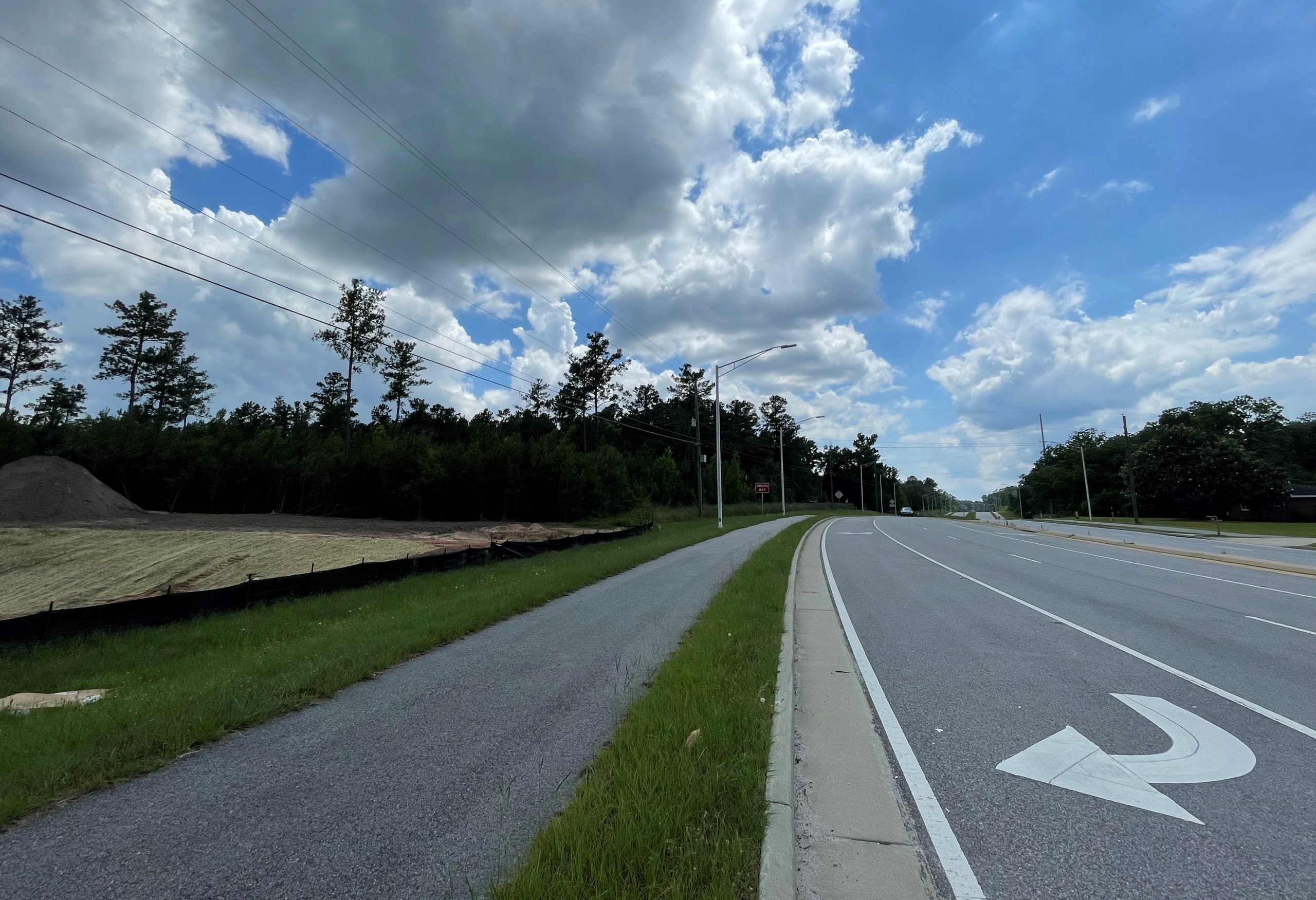(Editor’s note: This is the first in a series of stories about economic development in south Augusta, its rise, fall and possible rise again)
Earlier this year, when Augusta Economic Development Authority Chairman Steven Kendrick announced Cardinal Square, the massive mixed-used development project proposed for the Regency Mall property, the news sparked—or unearthed—discourse regarding the prospect of developing the areas of Augusta below Interstate 520.
Kendrick, then running for mayor against Garnett Johnson, held a townhall meeting at the Diamond Lakes Community Center to discuss both the Cardinal Square in particular, and south Augusta in general.
In that talk, before an audience of mostly south Augusta residents, he addressed one aspect of the new planned development, the 1,000 market-rate multi-family residential units, by saying “there’s not enough income coming in” to the area.
“Now we see a problem and we want to make the stores come here,” Kendrick said at the townhall. “We want to create a type of atmosphere where they would choose to come here. We know the data they’re seeing, and we may understand a little bit better why they may not be choosing here. We need a strategy to see if we can do something different.”
But the controversial Regency Mall development is not the only major project in south Augusta. Two manufacturing plants, PureCycle and Aurubis Richmond, broke ground in Augusta Corporate Park earlier this year; and in July, copper foil manufacturer Denkai America, announced its plans to construct its new North American headquarters there.
This is alongside a spate of proposed subdivisions, many with hundreds of units planned, submitted to Planning and Development for building in the area. Last year, the Augusta Housing Authority even authorized issuing $23 million in revenue bonds toward building a 200-unit low-income apartment complex along Gordon Highway.
The land in south Augusta has long proven ripe for development.
In 1950, the DuPont company had started construction on the Savannah River Plant in Aiken. Augusta had built “The Gordon Highway” by 1955 as a means to streamline traffic to Camp Gordon. By then the Clarks Hill Dam had also been complete.
“That brought in federal project workers,” said Erick Montgomery, executive director of Historic Augusta, Inc. “Lots of people came to town to help build those things.”
In the wake of these projects, particularly SRS, the Augusta Chamber of Commerce sought new solutions to potential construction job losses. It sent Stuart Bell, Ernest Bentley and Pat H. Rice Jr. to visit Birmingham, Ala. to learn about an industrial development initiative it had launched in 1950, called the “Committee of 100.”
Inspired by what Birmingham had achieved, members of the Augusta Chamber started the city’s own Committee of 100, a nonprofit corporation separate from the Chamber, in 1955, incorporating on Aug. 15 of that year, with Allen H. Douglas as its executive director and Josef C. Patchen as chairman.
The “100” in the name came from the $100 each member pledged to support the organization and its cause, though its constitution drafted in 1957 stated that the group was composed of “not less than 100 outstanding businesses, professionals and industrial leaders of Augusta and Richmond County.”
The Committee was incorporated on Aug. 15, 1955 and started business in February 1956. Funds from dues paid.
Like a prototype of the Development Authority, Committee of 100 group was devoted to promoting industrial development in Augusta.
Through coordinated media and contact campaigns comprised of letters, wire messages, phone calls and personal visitations, members of the Committee wooed various industries, sending brochures, studies and data reports of the Augusta area.

“They recruited industry,” said Montgomery. “Most of that industry went down in south Augusta.”
In group’s first annual report in 1957, Patchen boasted that “excellent contacts were immediately established” with chambers of commerce, banks, railroads, utility companies and other agencies to support the organization’s endeavors. 3800 new workers, an increase of $16 million in wages. The Committee’s efforts would lead to the development of the Miracle Mile industrial district.
By June 1964, the Committee reported investing over $183 million (about $1.7 billion today, adjusted for inflation) over its six years in Richmond County alone, plus another $60 million in development throughout the CSRA and projected it would spend another $25 million by the end of that year.
By then it had drawn many businesses to town, including, in south Augusta, Proctor and Gamble, the Olin Mathieson Chemical Company, the Philadelphia Quartz Corporation (on Doug Bernard Parkway), and the expansion of Babcock and Wilcox (which would become Thermal Ceramics).

By 1968, the city was calling for further growth. A report that year on economics and design, part of a commercial areas study published by the Planning Commission bemoaned the “uncontrolled strip commercial development” along Gordon Highway, calling it “chaotic,” “unfortunate,” saying it gives the city an image of being “one of the ugliest in the United States.”
The report attributed much of this blight to the loss of countryside, garishness caused by roadside merchandising trying to draw attention to motorists, and “architectural anarchy.”
Among the solutions this report proposed to this impairment along the Gordon Highway was to select a “Destination Mile,” in which there could be landscaping improvements, a new lighting plan and a new shopping center, a mall, across from the Southgate Shopping Center.
Skyler Q. Andrews is a staff reporter covering business for The Augusta Press. Reach him at skyler@theaugustapress.com.











